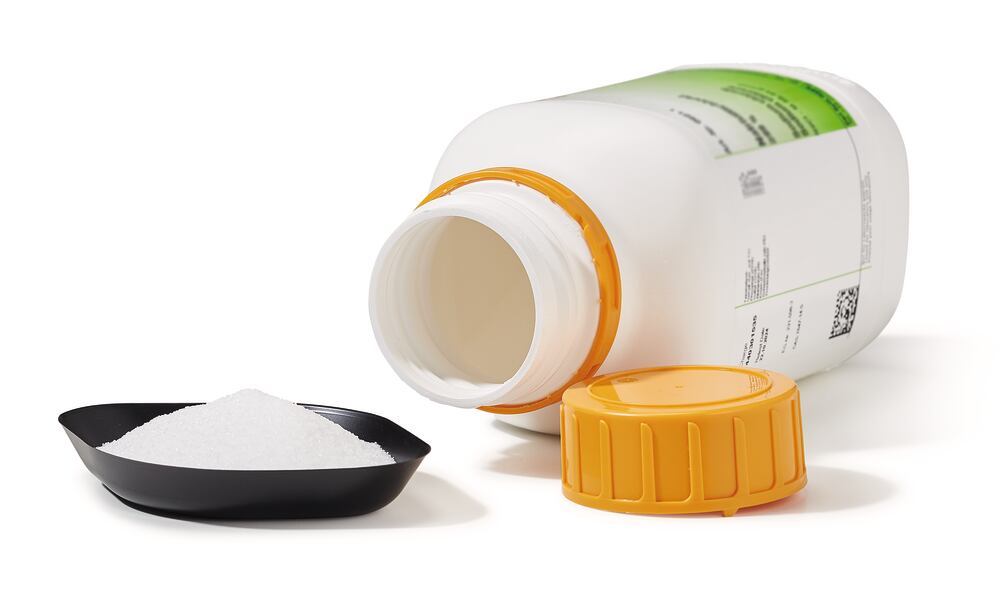Blog
Sodium Carbonate MSDS: Key Safety Information and Guidelines
Sodium carbonate MSDS (Material Safety Data Sheet) provides crucial safety information about this common chemical. Used in various industries like glass production, cleaning, and water treatment, sodium carbonate (commonly called soda ash) must be handled safely. This guide offers an overview of the most important details from a sodium carbonate MSDS, including proper handling, potential hazards, and emergency measures.
What Is Sodium Carbonate?
Sodium carbonate is a white, odorless powder widely used in industrial and domestic settings. It is a strong alkali that can pose risks if not handled correctly. Understanding sodium carbonate’s properties and related hazards is essential for ensuring safety in its use.
Why Is Sodium Carbonate MSDS Important?
Sodium carbonate MSDS is critical because it outlines the risks and precautions needed when working with this chemical. The MSDS document ensures that those using sodium carbonate are aware of its physical and chemical properties, handling procedures, and emergency responses.
Composition and Information on Ingredients
According to sodium carbonate MSDS, the primary ingredient is sodium carbonate (Na₂CO₃), with no additives. Its chemical structure and properties make it effective in a range of applications, but also highlight why careful handling is necessary.
Common Uses of Sodium Carbonate:
- Glass manufacturing
- Cleaning agents
- Water softening
- Food additive
- Dyeing processes
Potential Hazards: What Sodium Carbonate MSDS Warns About
Sodium carbonate MSDS details the various hazards associated with this chemical. Exposure to sodium carbonate can cause:
- Skin Irritation: Direct contact can lead to redness, irritation, or burns in severe cases.
- Eye Irritation: Sodium carbonate is highly irritating to the eyes and may cause pain, watering, and vision impairment if not treated promptly.
- Respiratory Issues: Inhalation of sodium carbonate dust can result in coughing, shortness of breath, or respiratory irritation.
- Environmental Hazards: Sodium carbonate is not generally harmful to the environment but should be handled responsibly to avoid accidental contamination.
First Aid Measures
The sodium carbonate MSDS provides clear guidance on first aid in case of exposure:
- Skin Contact: Immediately wash the affected area with soap and water for at least 15 minutes.
- Eye Contact: Flush the eyes with water for at least 15 minutes, holding eyelids apart to ensure complete rinsing. Seek medical attention if irritation persists.
- Inhalation: Move to fresh air immediately. If breathing is difficult, administer oxygen and seek medical help.
- Ingestion: Rinse the mouth with water, and drink water or milk to dilute the chemical. Do not induce vomiting unless directed by medical personnel.

Handling and Storage: Key Guidelines from Sodium Carbonate MSDS
Sodium carbonate MSDS emphasizes proper handling and storage practices to minimize risk:
- Storage: Keep sodium carbonate in a cool, dry, and well-ventilated area. The container should be tightly sealed to avoid moisture absorption.
- Handling: Use protective equipment like gloves, safety goggles, and masks to avoid direct contact with the chemical. Avoid creating dust, and use sodium carbonate in areas with good ventilation.
Accidental Release Measures
In the event of a spill, sodium carbonate MSDS advises the following steps:
- Contain the Spill: Immediately block off the affected area to prevent further spread.
- Avoid Dust Formation: Sweep up the spilled material carefully, avoiding the creation of dust clouds.
- Waste Disposal: Dispose of sodium carbonate waste according to local regulations. It should not be released into drains or water systems without proper treatment.
Fire-Fighting Measures
Though sodium carbonate is non-flammable, sodium carbonate MSDS provides instructions in case of fire:
- Suitable Extinguishing Media: Use water spray, alcohol-resistant foam, dry chemical, or carbon dioxide to extinguish the fire.
- Protective Equipment: Firefighters should wear protective clothing and self-contained breathing apparatus to avoid exposure to harmful fumes that may form under high temperatures.
Exposure Controls and Personal Protection
According to sodium carbonate MSDS, the following personal protective equipment (PPE) should be used:
- Gloves: To protect the skin from irritation or burns.
- Eye Protection: Safety goggles should be worn to avoid eye contact.
- Respiratory Protection: If there is a risk of inhaling dust, use a face mask or respirator.
Additionally, sodium MSDS recommends regular ventilation in the workplace to avoid buildup of dust.
Physical and Chemical Properties of Sodium Carbonate
Understanding the physical and chemical properties of sodium carbonate is essential for its safe use. The sodium MSDS lists the following characteristics:
- Appearance: White, odorless powder
- Melting Point: 851°C
- Solubility in Water: Soluble, especially in hot water
- pH Level: Strongly alkaline (pH 11.6 for a 1% solution)
These properties highlight the need for careful handling and storage to prevent irritation or damage.
Stability and Reactivity: Key Points from Sodium Carbonate MSDS
Sodium carbonate is a stable compound under normal conditions. However, sodium MSDS notes potential reactivity with strong acids, producing carbon dioxide gas, which can be hazardous in confined spaces. It should also be kept away from moisture as it may become less effective when exposed to water.
Ecological Information
Sodium MSDS indicates that this chemical is not considered hazardous to the environment. However, large amounts released into waterways can alter the pH levels, potentially harming aquatic life. Therefore, proper disposal methods should be followed to minimize environmental impact.
Disposal Considerations
Disposing of sodium carbonate must be done according to local, state, or federal regulations. Sodium MSDS recommends:
- Do not discharge into sewage systems.
- Neutralize waste with acids to prevent potential environmental hazards before disposal.
Conclusion: Importance of Following Sodium Carbonate MSDS
The sodium carbonate is an essential document for anyone working with this chemical. It provides detailed instructions on handling, storage, and emergency procedures, ensuring safety in industrial and domestic settings.
To ensure compliance and safety when working with sodium , it’s vital to consult the MSDS regularly.
